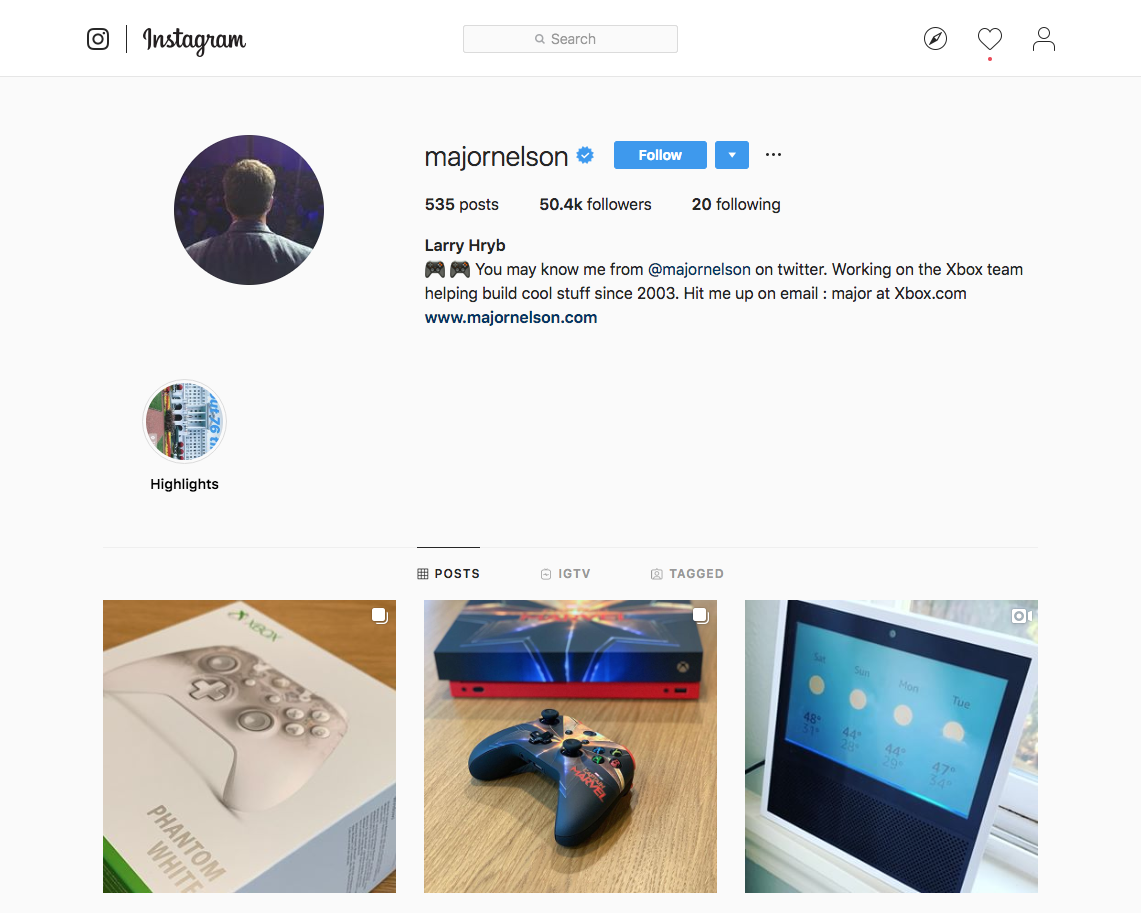Micro influencers: What are the benefits?
With Instagram’s continual (and considerable) growth, influencer marketing is a current hot topic. In short, influencer marketing is where focus is placed on an influencer or influential people who have an influence over a certain demographic, instead of targeting the demographic itself.
For example, a small fashion chain might look to the likes of Kim Kardashian or Justin Bieber to promote their clothing on Instagram (or other social channels), which will generate incredible traction versus tailored marketing campaigns that simply target a specific demographic. Knowing that a large part of the fashion chain’s core demographic may be fans of Kim or Justin makes this a sensible and effective undertaking.
Micro influencer marketing uses the same principles but on a smaller scale. While Kim currently has 130 million followers, it stands to reason that they are not all going to be a good target for your product. Instead, look at influencers who have followers that are good for you.
Here is an example. Larry Hyrb is a well known voice and representative for Microsoft and Xbox, working under the handle of @MajorNelson. On Instagram he has close to 50K followers, a significantly lower amount than Kim Kardashian. However, the likelihood that the vast majority of his followers are fans of Microsoft, Xbox, or gaming is very high. For a gaming business therefore, if they can promote their products via Larry Hyrb they are going to reach a vast audience that meets their niche.
4 Reasons to Use Micro Influencers
[1] Micro influencers have the right audience
Micro influencers are influential in their particular niches. This gives them authority on a particular subject/topic and also makes it far, far, more likely that their followers have an interest in the same subject area.
[2] Micro influencers are more trusted
As each micro influencer has their own fandom they often control a good amount of authority. In other words what they say is more trusted as it goes out to a typically loyal community, who are more engaged and intimate with the influencer.
[3] Micro influencers have great engagement
For the exact same reason as above a micro influencer can often expect to see higher than (industry) average engagement on the content they share. The content goes out to people who want to see that content after all.
“‘The Game’ isn’t just getting eyeballs; but getting eyeballs that care!” ~ Sidney Pierucci, Founder of ESPLMedia
[4] Micro influencers do not cost loads
A relationship with a micro influencer is usually reciprocal. A brand can use an influencer to help promote and the influencer gains something from the brand, whether it is a free product, money, or something else beneficial. For this reason, we often see micro influencers charging very little to operate as an influencer. When weighed up against other marketing techniques, this can work out cheaper.
How to get started
Finding relevant micro influencers can be tricky. It requires research, appreciation of the market and a firm understanding of your own demographic(s). Here are a few steps that should help you get started:
[1] Start with your own followers
A good place to start is with your own followers. Delve a little into who follows you on Instagram, Twitter or Facebook (be more careful with the last one and don’t confuse an influencer’s list of friends with their audience) and identify possible influencers to connect with. A good influencer should have at least 3,000 fans/followers and share content that is relevant to your own business.
In education some examples of good influencers could be: someone who is a thought leader in the industry, an #edtech company/spokesman, an educator, or even a principal/head with similar visions to your school.
[2] Use hashtags
Hashtags, especially on Instagram and Twitter, can be used to help people facilitate their searches. Identify which hashtags people use when searching for your school or for your industry, and then see who else uses the same hashtags, has a good following and plenty of followers. These are possible micro influencers you can use.
To help, we have put together a list of the most useful hashtags that educators and the education sector can use.
[3] Search for local influencers
Each school will have their own catchment areas, so it makes sense to see if there are influencers within that area. Use Google and hashtags to help find local influencers. Bear in mind that the influencers picked in this way should still be relevant. There is no point using a local influencer with an audience that has little-to-nothing to do with your school.
Things to watch out for
Working with an influencer, or influencers, has great benefits but there are also pitfalls to be mindful of:
It is not always a simple matter to just get a micro influencer. You will need to nurture a relationship with them and get them onside. Spend time engaging with their content and showing that it is not one-sided. Once a relationship is established, then you can broach marketing.
Success is no guarantee. It may be that your influencer’s audience is not receptive to your brand or that a single campaign does not have the clout you had hoped for. As with all marketing endeavours, it is trial and error that will ultimately win through.
Finding an influencer can be difficult. Lots of research may be required to just find a micro influencer. Weigh up budget against time required to make a decision around this.



